On in Castel Sant’Angelo until May 3rd is “Lorenzo Lotto and Loreto’s Artistic Treasures.” Divided into five sections: Lorenzo Lotto, Artists in Loreto, Iconography in Loreto, The Treasure, and Apothecary Vases, the exhibition’s some fifty works of art are primarily on loan from the Museo-Antico Tesoro della Santa Casa di Loreto (called “The Museum of the Holy House” by the curators). They include paintings by Lotto and other artists who worked in Loreto: Perin del Vaga, Filippo Bellini, Pomarancio, Guido Reni, and Simon Vouet; liturgical masterpieces from Loreto’s Treasure; and maiolica masterfully painted in nearby Urbino for the pharmacy of Loreto’s pilgrims’ hospital.
Today Loreto is a town of some 12,000 inhabitants in the central eastern region of Italy, the Marches. Loreto’s main attraction is the Santa Casa or “Holy House,” one of Italy’s twelve Marian shrines and an important pilgrimage destination since the 14th century.
According to pious tradition, this house, where the Holy Family had lived, was miraculously flown to Loreto from Palestine in two shifts by four angels just before the final expulsion of the Crusaders from the Holy Land. In 1291 the angels deposited it on a hill at Tersatto (now Trast, a suburb of Rijeka, Croatia). There the appearance of the Virgin and numerous miraculous cures attested to its sanctity. Three years later, the angels carried it across the Adriatic Sea to a hilltop wood of laurels called Lauretum (Loreto in Italian) near its present site.
Pope John Paul II visited Loreto five times during his papacy; Pope Benedict XVI twice: on September 2, 2007, on the occasion of the Agorà of Italian Youth, and on October 4, 2012, the 50th anniversary of Pope John XXIII’s visit. During this second visit Benedict formally entrusted the World Synod of Bishops and the Year of Faith to the Virgin of Loreto’s protection. (Pope Francis has promised to visit.)
“The Museum of the Holy House” has been located next door to the Cathedral, in the west wing of Loreto’s Apostolic Palace, since the middle of the 19th century. At that time paintings (including those by Lotto), furniture, and art objects were transferred here from the Basilica and the Pharmacy. The Museum was officially inaugurated on September 8, 1951, but wasn’t opened to the public until June 15, 1974. After extensive restructuring between 1992 and 1996, thanks to donations and acquisitions, the Museum’s collections now also include numerous religious works of art by contemporary artists.
Lorenzo Lotto (c. 1480-1556/7), a stubborn, melancholy, and restless soul, worked in Loreto the last seven or eight years of his life until his death there. A Venetian by birth, during his lifetime Lotto was a well-respected painter and certainly popular in northern Italy except in Venice, where Giorgione and Titian overshadowed him. Lotto’s idiosyncratic style and his refusal to compromise may explain why, unlike many of his contemporaries, he never set up shop in one place for long, except in Bergamo (1513-1525).
Little is known of his training. He left Venice for Treviso in 1503. There he painted, signed and dated 1503 a Madonna and Child with St. Peter and a Donor, his first known work, now in the National Gallery of Capodimonte in Naples. A couple of years later he painted the portrait of his first patron Bishop Bernardo de Rossi, the first in a rich gallery of his portraits, now considered among the most beautiful paintings of the sixteenth century.
Lotto moved to the Marches in 1506. There he came to the attention of Bramante, the papal architect, who was passing through Loreto and invited Lotto to Rome to decorate Julius II’s papal apartments in 1508. Three years later Lotto left abruptly when Raphael took charge and had Lotto’s contributions painted over. He may have lived briefly in Florence before moving to Bergamo, the westernmost town of the Venetian Republic, where he received numerous commissions: altarpieces, frescoes for churches, and paintings of religious subjects for private worship. He also developed the concept of the “psychological portrait,” revealing the thoughts and emotions of his subjects. In 1525 he returned to Venice, where he painted prolifically but often for churches in Bergamo and the Marches, because almost certainly Titian made his life in Venice difficult.
In fact, for the rest of his days Lotto, tired and discouraged, led a vagabond’s life moving frequently from town to town in the Venetian Republic and the Marches, searching for patrons and commissions. From 1538 onwards he kept a detailed notebook, Libro di spese diverse (Book of Miscellaneous Expenses); a copy is on display here. A combination of a ledger and a diary, it gives insight into his life and work. For example, he records in 1550 his deep disillusionment when his works were sold underpriced at the auction in Ancona he’d organized to save himself from poverty.
Finding it harder and harder to make a living, in 1552 Lotto joined the community at Loreto’s Holy Sanctuary as an “oblate” or lay brother. He died in 1556 and was buried, at his request, wearing a Dominican habit.
For more for than the next three centuries Lotto was forgotten. It was only at the end of the 19th century that his artistic talents were rediscovered and redeemed by the highly esteemed art critic Bernard Berenson, who published a biography of Lotto in 1895. Berenson said: “To fully understand the 16th century, it is just as important to know Lotto’s works as to know Titian’s.”
Lotto’s renunciation of all his worldly goods explains why several of his works ended up in the Museum of the Holy House. On loan here from Loreto are his: St. Christopher with the Baby Jesus between Sts. Roch and Sebastian, 1532-33; Christ and the Adulteress, 1540 (the exhibition’s logo); St. Michael Expelling Lucifer, 1545; Jesus’ Baptism, 1544; and Combat Between Strength and Fortune, 1550.
Also on display are another five paintings by Lotto: Christ and the Adulteress, 1525-29, loaned by Rome’s Galleria Spada; St. Jerome in the Desert, c. 1505, in Castel Sant’Angelo’s permanent collection because Lotto painted it while in Rome; Portrait of a Gentleman, c. 1535, loaned by Rome’s Galleria Borghese; Portrait of a Gentleman with a Bergamasco sheep dog, 1549-56, loaned by a private collection in Venice; and Balestriere (Crossbowman), 1511, loaned by Rome’s Capitoline Museums.
A curiosity: It would seem from his religious paintings and his lifestyle during his last years as a lay brother that Lotto was a deeply devout Roman Catholic. Yet we know that in 1525—the year Lotto arrived for the first time in Venice—he became friends with Gian Maria Giunti. (Giunti was one of the engravers of heretic Antonio Brucioli’s translation of the Bible (1532, but added to the Inquisition’s List of Prohibited Books in 1559) and of Italian translations of Luther’s writings as well as other books not in line with Catholic orthodoxy.) We also know from his Libro di spese diverse that in 1540 Lotto painted two small portraits of Martin Luther and of Luther’s wife for his nephew Mario d’Arman who was later tried (as were several of Lotto’s friends) and acquitted by the Inquisition. An unsigned article in Frieze Magazine, Nov.-December 2010 tells us Lotto’s patron Bishop Bernardo de Rossi probably introduced Lotto to hermetic thought early in his career (c. 1503) in Treviso. De Rossi had, according to the article, “spearheaded a reform movement called rinnovatio (renewal) with the scholar, cardinal, and diplomat Gasparo Contarini, and Pietro Lippomano, Bishop of Bergamo, who was to become another of Lotto’s patrons. Like Martin Luther, these clerics were at odds with the Vatican and sought to transform Catholicism from within by shifting the emphasis away from institutional power towards the spiritual passions exemplified by Christ’s humanity.” Thus, this may explain why Lotto painted the Luther portraits; why at risk himself of being tried by the Inquisition he left Venice in 1549, never to return; and why he had difficulty finding commissions afterwards.
The section “Iconography” contains several paintings representing the transfer of the “Holy House” from Nazareth to Loreto. The earliest by Annibale Carracci (1560-1609) is an altarpiece in the Church of St. Onofrius on Rome’s Janiculum Hill; the most recent by Floriano Bodini (1933-2005) is a sketch for the new high altar in Loreto’s Basilica.
Loreto’s Treasure—made up of gifts, votive offerings and ex-voto offered by popes, kings, prominent personalities, and ordinary believers—was considered the richest in Europe before the looting by Napoleon’s troops in 1797 and the 1974 theft. “Among the objects showcased in this exhibition,” the wall panel tells us, “it’s worth pointing out the artistic silver crocifisso—a work by Giambologna (1529-1608) offered by the Grand Duchess of Florence, Joan of Austria, during her pilgrimage to the Holy House in 1573, as well as the Corredo d’altare in coral offered by Prince Caracciolo of Avellino in 1722. Among the most modern objects on display is the rosa d’oro, a gift of Pope Benedict XVI to the Virgin of Loreto during his second visit to the shrine.”




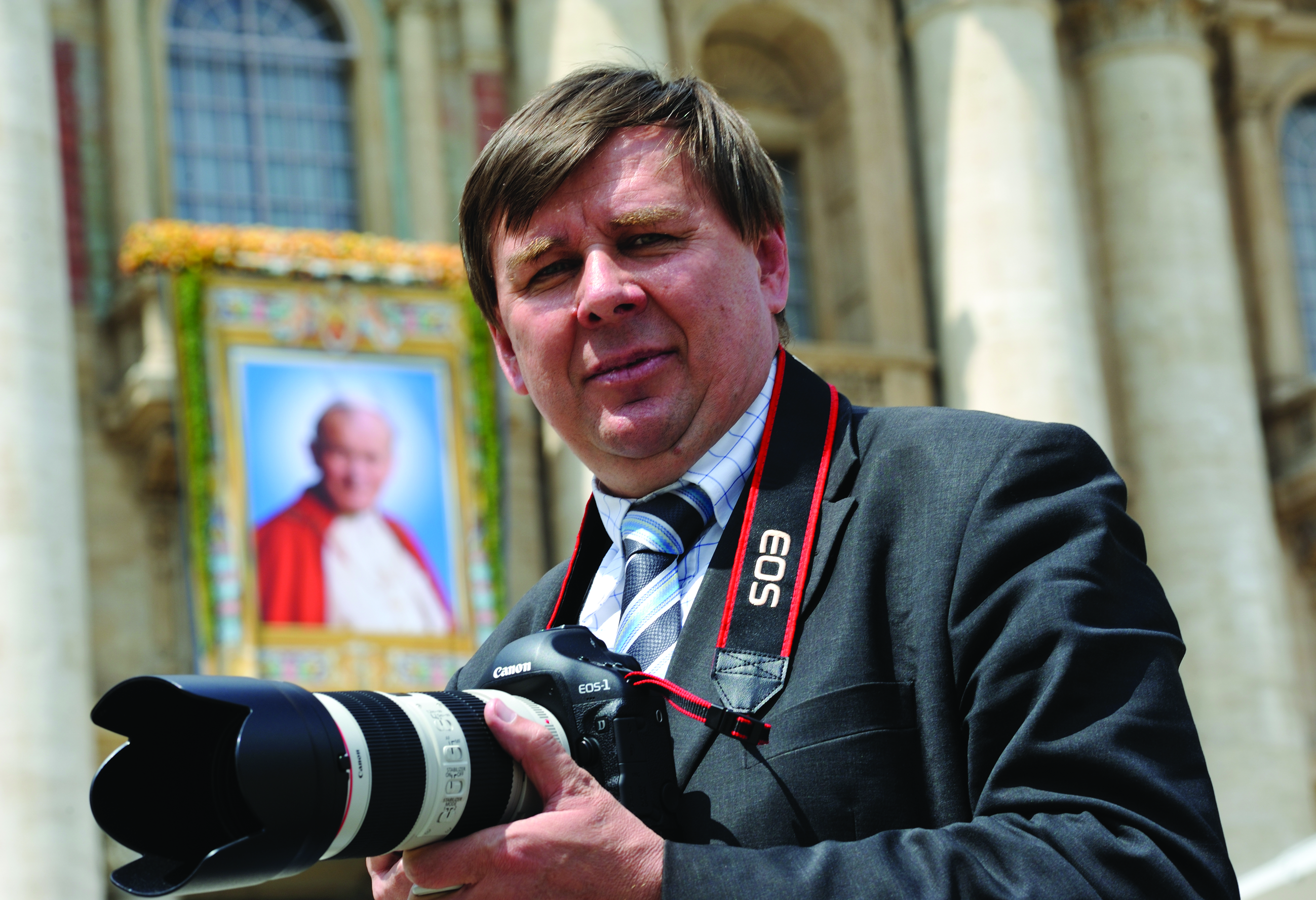
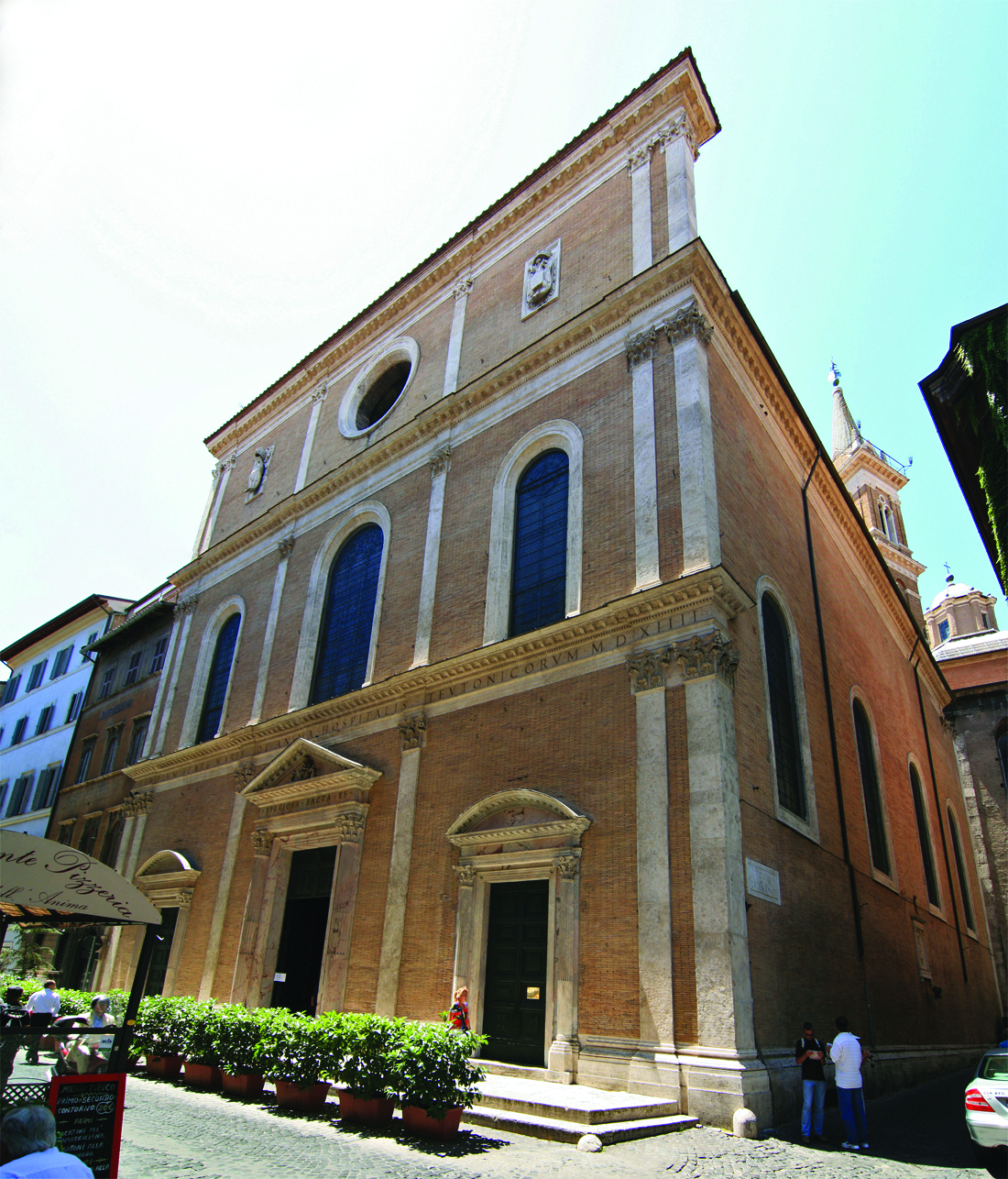
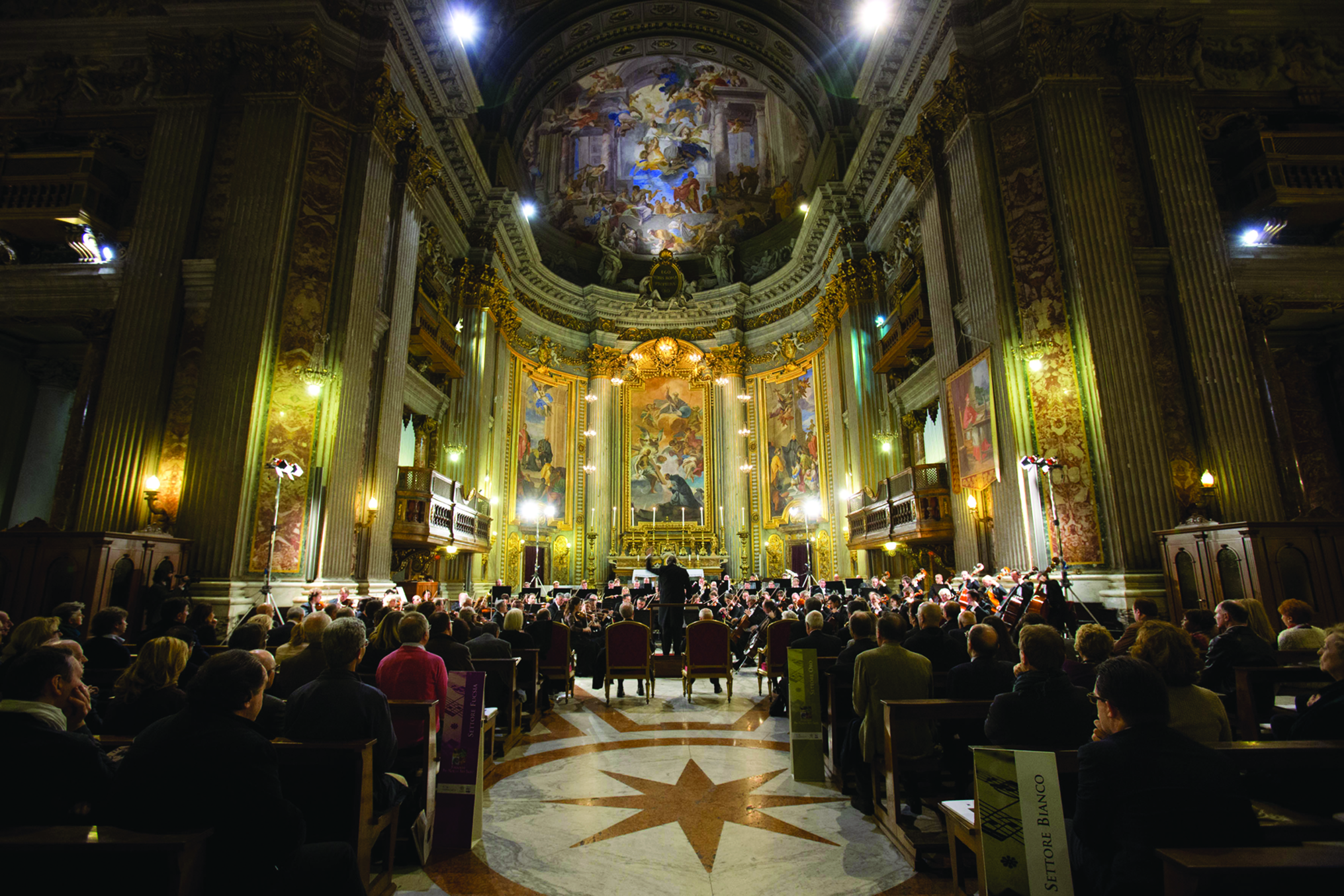
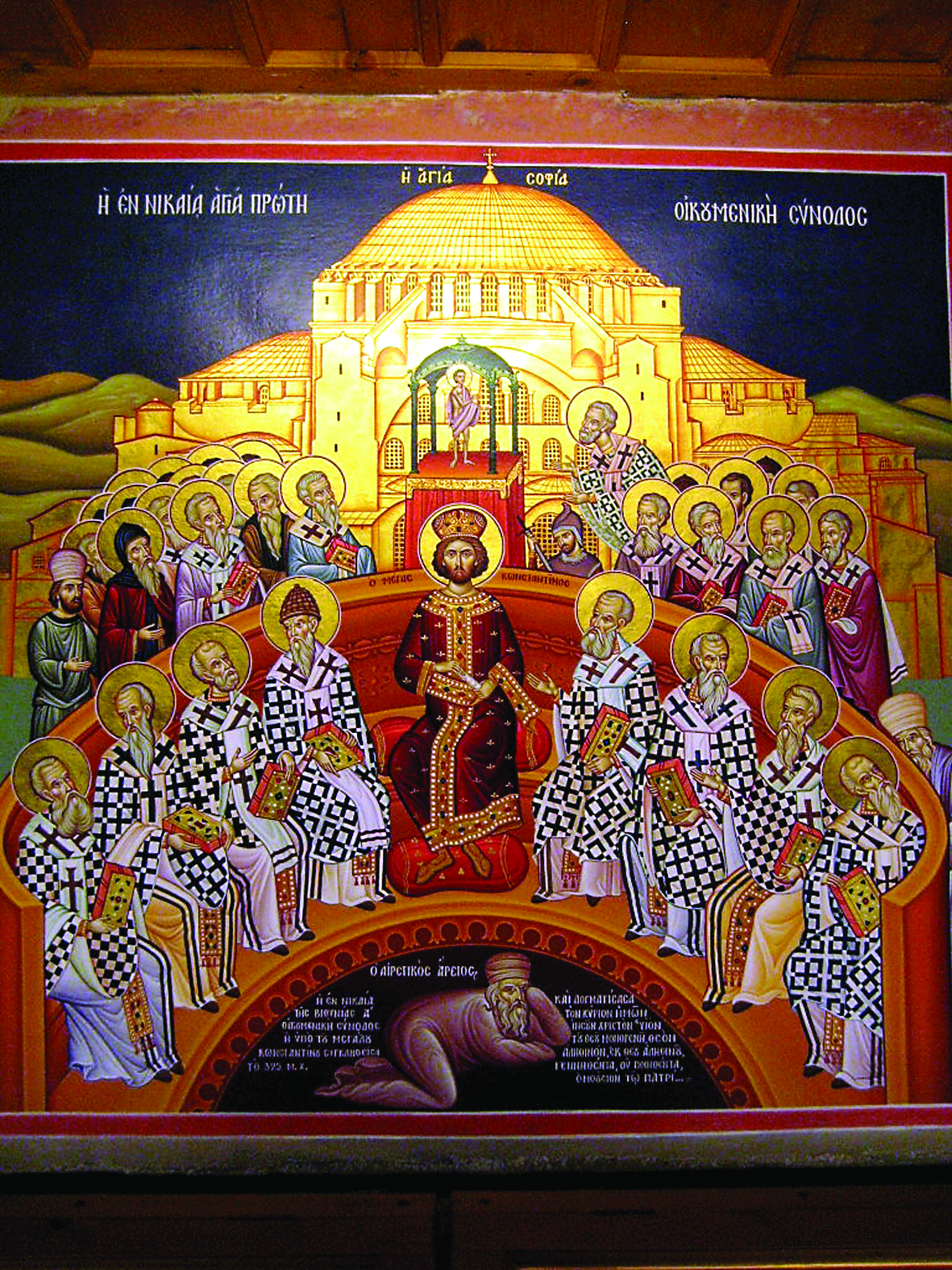
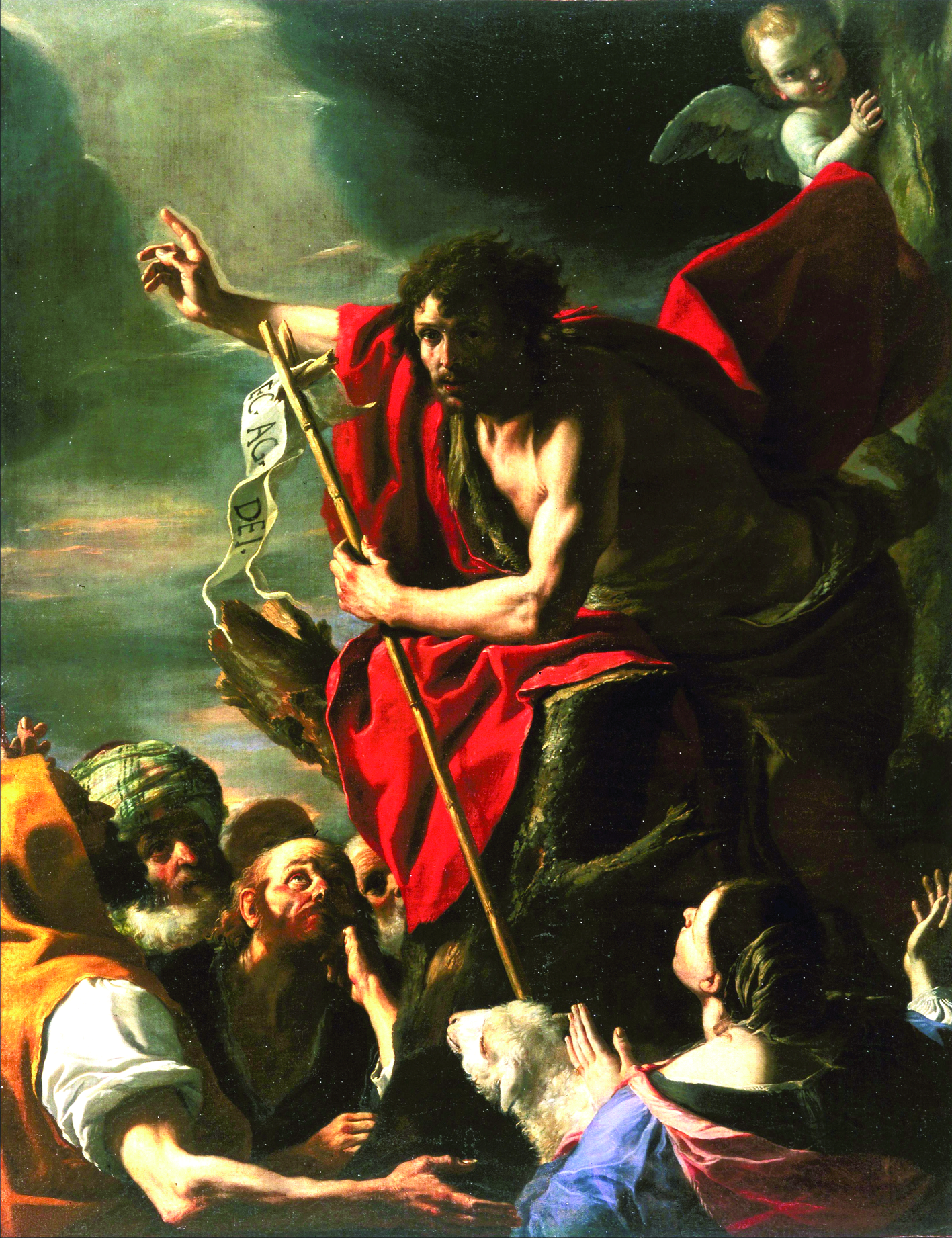
Facebook Comments